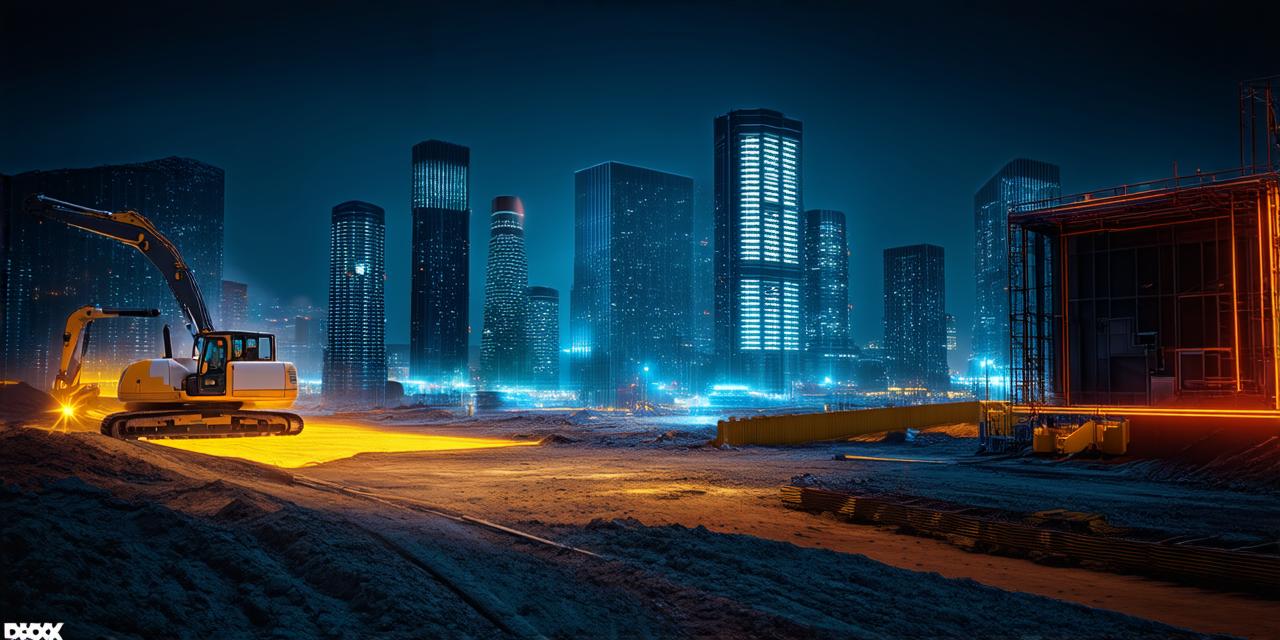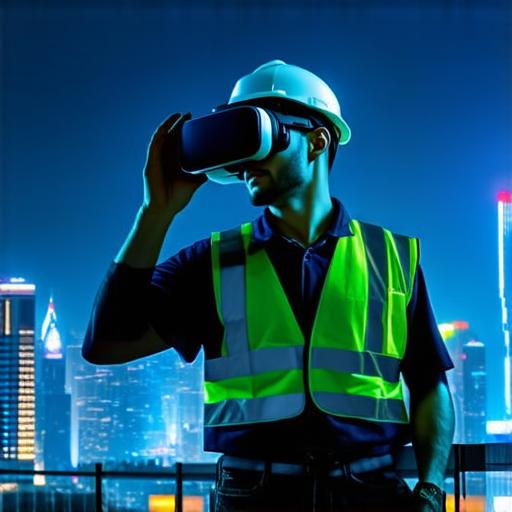
How can the construction industry make use of virtual reality?
Virtual Reality (VR) technology is rapidly changing the way we interact with the world around us. As VR technology continues to evolve, there is an opportunity for the construction industry to make use of this technology to increase efficiency, reduce costs, and improve safety on construction sites.
One way that virtual reality can be used in the construction industry is through remote collaboration. With VR, architects, engineers, and contractors can collaborate remotely, allowing them to work together on designs and plans without having to physically be in the same location. This can lead to increased efficiency and reduced costs, as travel expenses and time spent commuting are eliminated.
For example, a construction company based in New York could use VR technology to collaborate with an architect in Los Angeles. The architect could provide real-time feedback on designs and plans, making it easier for the construction company to make adjustments and ensure that the final product meets the client’s requirements. This remote collaboration can also lead to increased accuracy and reduced errors, as everyone is working from the same source of information.
Another way that virtual reality can be used in the construction industry is through training and education. With VR technology, workers can receive hands-on training in a safe and controlled environment, allowing them to learn new skills and improve their performance without putting themselves or others at risk. This can lead to improved safety on construction sites and increased productivity.

For example, a construction company could use VR technology to train its workers on how to operate heavy machinery safely. The workers could put on a VR headset and simulate operating a crane or excavator in a safe and controlled environment. This would allow them to learn new skills and improve their performance without putting themselves or others at risk.
Virtual reality can also be used in the construction industry to enhance project visualization and planning. With VR technology, architects and engineers can create realistic simulations of building designs and plans, allowing clients to see how a building will look and function before it is built. This can lead to increased client satisfaction and reduced changes during the construction process, leading to cost savings for both the client and the construction company.
For example, an architect could use VR technology to create a virtual walkthrough of a proposed building design. The client could put on a VR headset and walk through the building, seeing how it will look and function before it is built. This can lead to increased client satisfaction and reduced changes during the construction process, leading to cost savings for both the client and the construction company.
In addition to these benefits, virtual reality can also be used in the construction industry to improve communication between stakeholders. With VR technology, all stakeholders can have access to the same information and visualization, allowing them to make more informed decisions and work together more effectively. This can lead to increased efficiency and reduced costs.
For example, a construction company could use VR technology to provide regular updates to clients on project progress. The client could put on a VR headset and see the progress of the project in real-time, allowing them to make informed decisions about the project timeline and budget. This can lead to increased client satisfaction and reduced changes during the construction process, leading to cost savings for both the client and the construction company.
In conclusion, virtual reality technology has the potential to revolutionize the way the construction industry operates. By using VR for remote collaboration, training and education, project visualization and planning, and communication between stakeholders, construction companies can increase efficiency, reduce costs, and improve safety on construction sites. As VR technology continues to evolve, we can expect to see even more innovative uses of this technology in the construction industry in the future.


